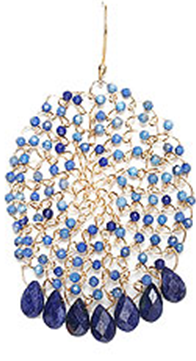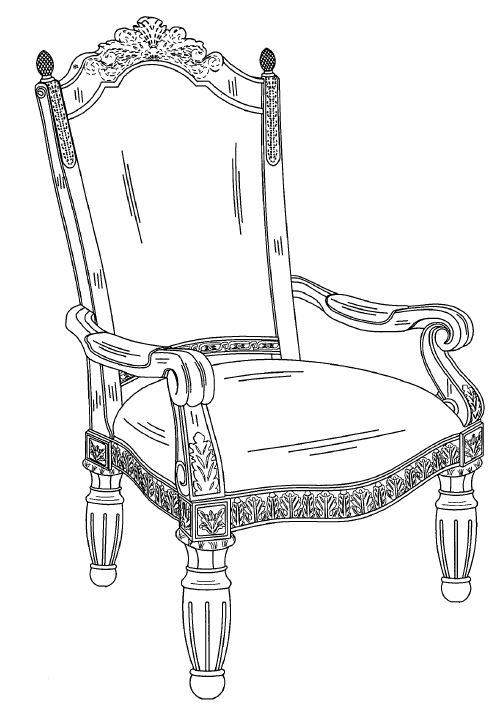 Amini designs and sells unique furniture at various tradeshows and through distributors and its furniture designs are featured in magazines and on popular websites. Amini obtains intellectual property protection for its furniture designs, including three copyright registrations (Reg. Nos. VA 1-627-918; VA 1-627-828; VA 1-627-832) and three design patents (Design Patent Nos. D592,893 for a table; D644,852 for a China cabinet-buffet; and D576,409 for a chair). These registrations are for various items such as china cabinets, arm chairs, and tables.
Amini designs and sells unique furniture at various tradeshows and through distributors and its furniture designs are featured in magazines and on popular websites. Amini obtains intellectual property protection for its furniture designs, including three copyright registrations (Reg. Nos. VA 1-627-918; VA 1-627-828; VA 1-627-832) and three design patents (Design Patent Nos. D592,893 for a table; D644,852 for a China cabinet-buffet; and D576,409 for a chair). These registrations are for various items such as china cabinets, arm chairs, and tables.
Amini is suing Cosmos Furniture, both its U.S. and Canadian companies, for copyright infringement, design patent infringement, and breach of settlement agreements. In a prior litigation, Amini sued Cosmos Canada for copyright infringement and design patent infringement. Before trial, Cosmos Canada settled by agreeing to cease sales of the accused furniture and removing the products from their website. This 2009 agreement extended to all companies, affiliates, and employees related to Cosmos Canada, which includes Cosmos U.S.
In 2011, Amini allegedly learned that many of the items in the settlement agreement were reintroduced to the website and still sold. Amini notified Cosmos and another settlement agreement was reached. This second settlement agreement required Cosmos to exercise due diligence to avoid infringing Amini’s designs, and specifically itemized Amini’s intellectual property rights that could not be violated.
 Los Angeles Intellectual Property Trademark Attorney Blog
Los Angeles Intellectual Property Trademark Attorney Blog



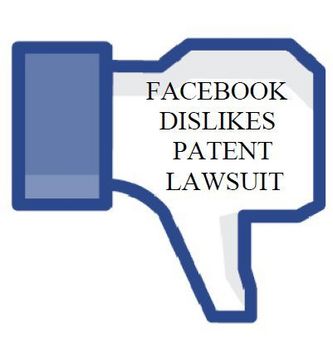
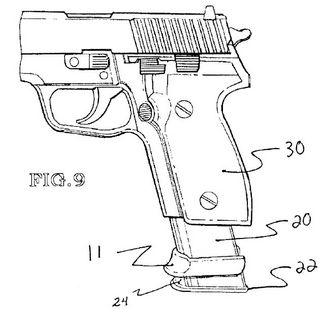
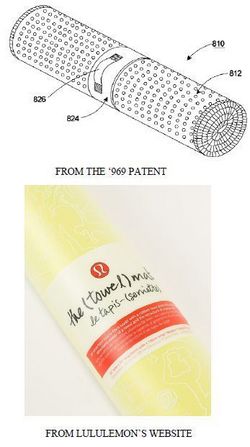
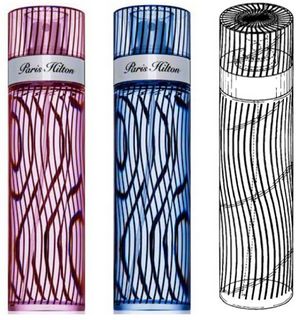
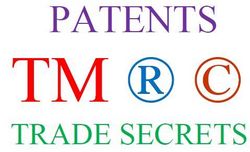
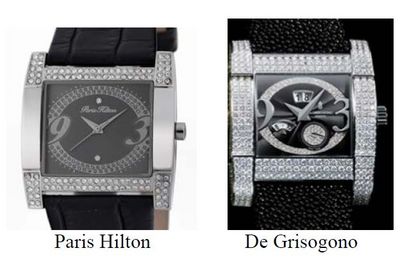
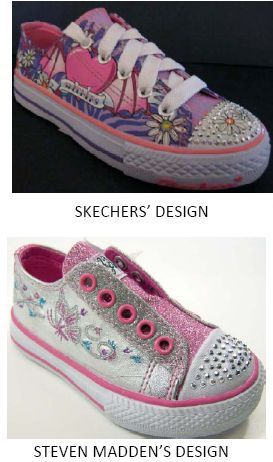 Skechers is suing Steven Madden for allegedly copying Skechers’ Twinkle Toes shoe designs. The U.S. Patent & Trademark Office granted
Skechers is suing Steven Madden for allegedly copying Skechers’ Twinkle Toes shoe designs. The U.S. Patent & Trademark Office granted 